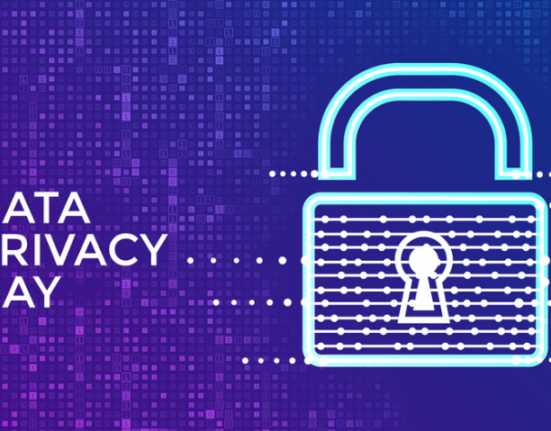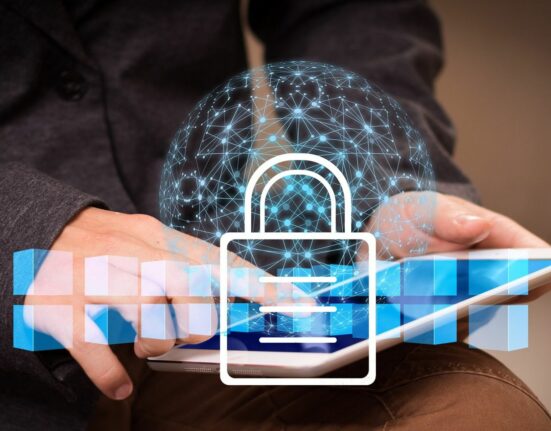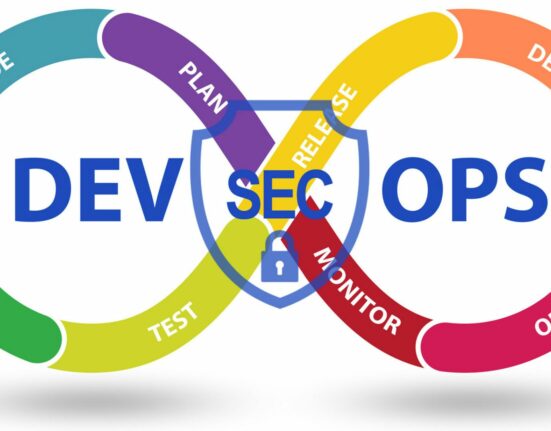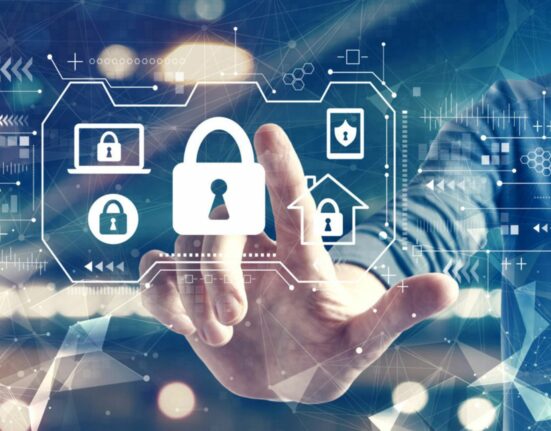The main advantage of Multi-Factor authentication (MFA) is that it increases the security of your organisation by requiring your users to identify themselves with more than just a username and password. While usernames and passwords are important, they are vulnerable to brute-force attacks and can be stolen by third parties. Multifactor authentication is an important security measure that can help protect your online accounts from being compromised. It works by requiring you to provide two or more pieces of evidence to verify your identity before being able to access your account.
Common examples of factors that can be used for multifactor authentication include something you know (like a password or PIN), something you have (like a smartphone or hardware token), or something you are (like your fingerprint). By requiring multiple factors, it makes it much harder for someone to gain unauthorized access to your account, even if they have stolen one of your credentials.
Also read: Adapting security for the cloud
Importance of MFA inside of an organisation
MFA is regarded as a panacea in today’s world of traditional identity and access controls. MFA reinforces the old authentication paradigm: one authentication mechanism can be compromised, but compromising multiple authentication mechanisms is extremely unlikely. As a result, MFA is unquestionably a critical and effective security control system. However, there have been instances in the recent past where MFA has been violated. Today’s threat actors, like the security community, are constantly evolving. Security and usability are inversely proportional. The more security controls a system has, the less user-friendly it becomes. The same is true for MFA. Users today do not want to be bothered by regular MFA alerts in order to gain seamless access to digital assets that are necessary for their day-to-day operations. Users today want to be able to work seamlessly across platforms and devices, even when they are on the go.
Multifactor authentication can be used for a variety of different online services, including email accounts, social media accounts, and online banking. Many organisations are now requiring their employees to use multifactor authentication to access company resources, as it provides an extra layer of security to help protect against data breaches.
Finally…
While multifactor authentication does add an additional step to the login process, it is a small price to pay for the added security it provides. If you are not already using multifactor authentication, we recommend that you start doing so as soon as possible. The challenge for an enterprise’s security organisation is to find ways to balance security and usability. Conditional MFA, on the other hand, can be tweaked to get the best of both worlds. A mature Identity and Access Control mechanism combined with Zero Trust solutions can provide the best of both worlds.









